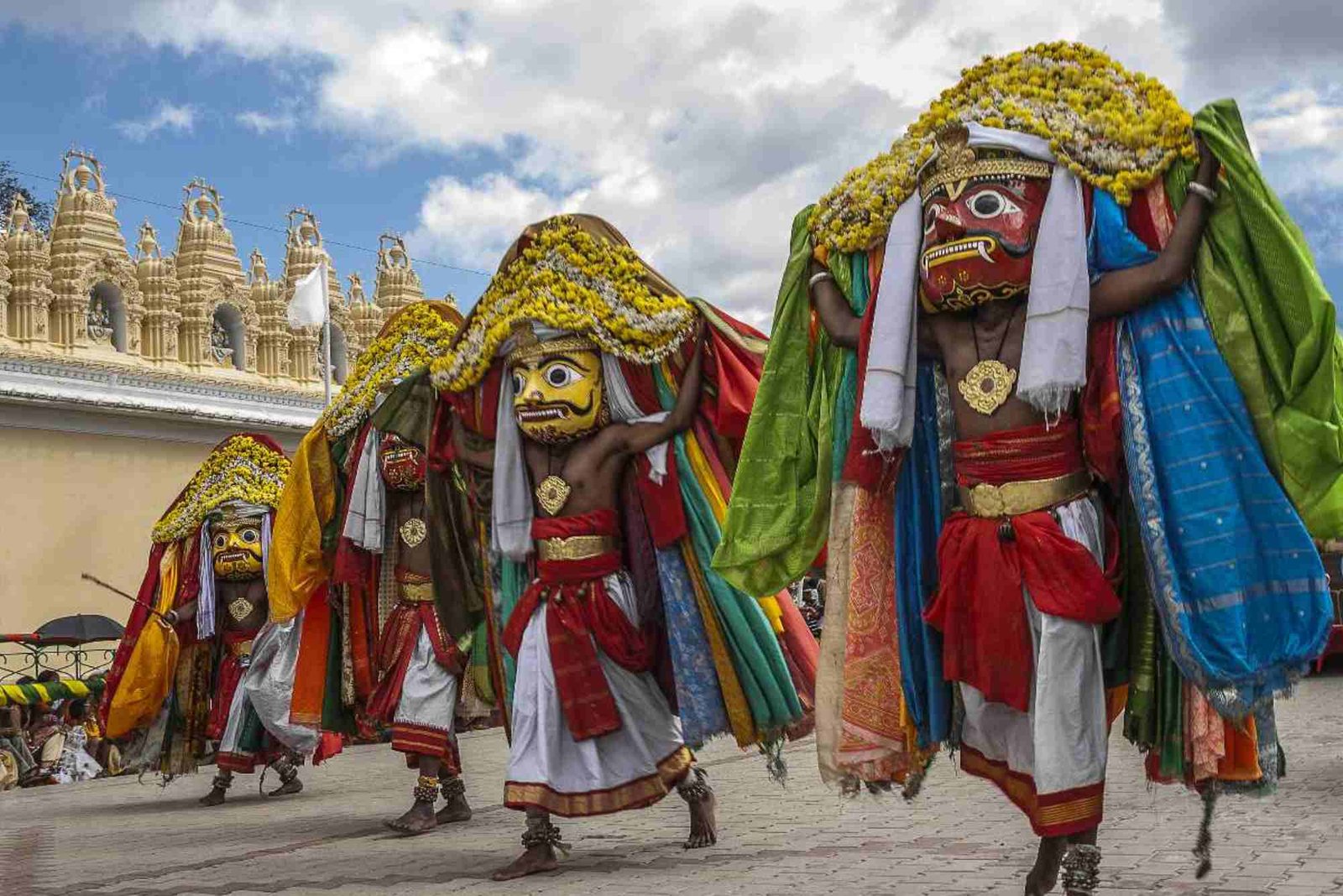Introduction
The word Dasara (also spelled Dussehra or Vijayadashami) evokes images of bright lights, dramatic performances, and the triumph of good over evil. Beyond grand processions and bonfires lies a festival with deep meaning—and many ways to engage in it today. In this article, we explore how to Dasara in a practical, meaningful way: from simple rituals you can adopt today to mindful practices that reflect the festival’s core message.
At its heart, Dasara celebrates victory—over darkness, ignorance, fear, and negativity. This festival offers an opportunity to reflect, reset, and renew yourself. Learning how to Dasara in a personal and thoughtful way can add more depth to your celebration, turning it from a cultural ritual into a meaningful personal experience. Whether you are preparing for the festival or want to honor its spirit in daily life, this guide provides practical and uplifting tips.
What Is Dasara and Why Celebrate It?
Understanding the Meaning of Dasara
Dasara marks the tenth day of the nine-day Navratri festivities and symbolizes the triumph of good over evil. It specifically recalls the victory of the deity Rama over the demon king Ravana as described in the Ramayana. The festival is widely celebrated across India and holds cultural, spiritual, and moral significance.
The Deeper Significance for Personal Growth
Dasara is more than a cultural spectacle; it is an invitation for inner transformation. The ten heads of Ravana represent ten human vices, such as anger, greed, pride, and delusion. Burning his effigy signifies eliminating these weaknesses from oneself. Understanding this deeper meaning allows you to approach the festival thoughtfully and reflectively, not just as a day of celebration.
Practical Tips to Celebrate or Observe Dasara Today
Create a Mindful Start
Set an Intention for the Day
Begin by asking yourself: what negative habit or mindset do I choose to release today? Writing it down helps anchor your focus and sets a purposeful tone for the day.
Light a Lamp or Candle
Lighting a lamp represents bringing light to darkness—one of the central themes of Dasara. Take a quiet moment to reflect and express gratitude as you light it.
Reflect and Release
Identify Your “Ravana Heads”
Consider one or two personal challenges you want to overcome, such as procrastination, fear, or impatience. Reflecting on them helps you recognize what to release.
Perform a Simple Ritual
Writing down what you wish to let go of and safely burning or discarding the paper symbolizes the ending of old patterns. This personal ritual mirrors the traditional effigy burning in a meaningful way.
Celebrate Family and Community
Share Stories or Watch a Performance
Watching a local reenactment of the story of Rama and Ravana deepens your understanding and connection with the festival. Many communities perform the “Ramlila,” bringing the story to life through performance.
Prepare a Festive Meal
Sharing food strengthens bonds and creates a joyful atmosphere. Preparing and enjoying special dishes with family or friends enhances the spirit of Dasara.
Decorate and Bring Colour into Your Space
Use Bright Decorations
Rangoli, lights, flowers, and colorful decorations infuse your home with festive energy. Creating a visually vibrant space can uplift your mood and honor tradition.
Dress Up or Wear Something New
Wearing new clothes is a traditional way to symbolize renewal and new beginnings, helping you feel the sense of transformation that Dasara celebrates.
Give Back and Spread Kindness
Offer Help or Support
Helping someone, volunteering, or sharing food embodies the spirit of Dasara. It aligns outward action with the inward release of negativity, reinforcing the festival’s true meaning.
Express Gratitude
Take time to thank Dasara resources at www.rollingstone.com family, friends, or neighbors. Expressing gratitude strengthens your connections and enhances the positivity of the celebration.
Carry the Spirit Forward
Set a “Victory” Goal
Choose a small but meaningful goal for the coming weeks, reflecting the victory of good over evil. This can be related to personal growth, health, or relationships.
Revisit Your Ritual
Reflect on the habits or patterns you aimed to release Learn How Dasara and track your progress. This ensures that celebrating Dasara becomes an ongoing process of renewal rather than a single-day event.
By understanding how to Dasara, you can create a celebration that balances joy, reflection, and personal growth. From setting intentions and releasing old habits to celebrating with loved ones and spreading kindness, every step can make the festival more meaningful.
Frequently Asked Questions
What Exactly Is Dasara?
Dasara is the tenth day following the nine-night Navratri festival and symbolizes truth and virtue prevailing over evil. It is a time to reflect on moral and spiritual lessons.
How Is Dasara Celebrated Regionally?
Celebrations vary widely—from grand processions in Mysore to simple family gatherings. While the core meaning remains the same, regional customs give the festival unique flavor in each area.
Can Someone Outside India Observe Dasara?
Yes, anyone can observe Dasara by adopting its values of renewal, release, and virtue. Personal rituals and reflections can honor the festival’s spirit anywhere in the world.
What Is a Good Way for Children to Engage with Dasara?
Invite children to draw or write down fears or bad habits they wish to let go of and then symbolically discard them. This introduces them to the values of self-improvement and reflection in an age-appropriate way.
What Should I Avoid When Celebrating?
Avoid focusing solely on fireworks or external spectacle. Without reflection and mindful intention, the deeper significance of Dasara may be lost. Emphasize personal growth, connection, and thoughtful celebration.















